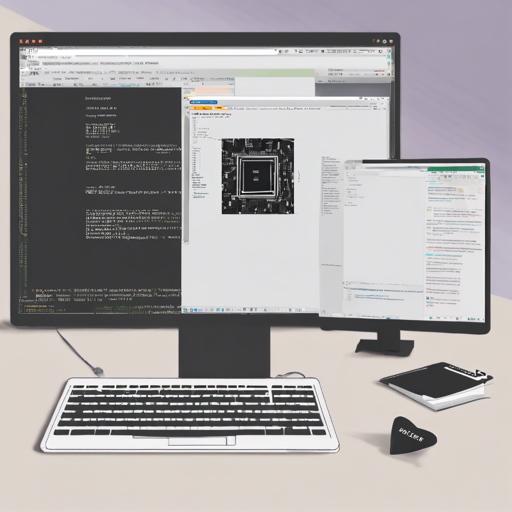Welcome to the exciting world of intuitive image capture with Basler cameras! This guide will walk you through the installation and usage of the Pypylon Python wrapper, allowing you to seamlessly interact with Basler’s powerful camera technology. Let’s dive in!
Getting Started: Installation
- First, it is strongly recommended to install the pylon Camera Software Suite. This installation ensures you have all the necessary camera drivers and support.
- Next, install Pypylon by running the following command in your terminal:
pip3 install pypylon - Explore samples/grab.py to see how to capture images from the camera using Pypylon.
Basic Usage
Let’s break down a simple Python snippet that demonstrates how to access and capture images from a Basler camera:
from pylon import pylon
camera = pylon.InstantCamera(pylon.TlFactory.GetInstance().CreateFirstDevice())
camera.Open()
# Demonstrate feature access
new_width = camera.Width.Value - camera.Width.Inc
if new_width >= camera.Width.Min:
camera.Width.Value = new_width
numberOfImagesToGrab = 100
camera.StartGrabbingMax(numberOfImagesToGrab)
while camera.IsGrabbing():
grabResult = camera.RetrieveResult(5000, pylon.TimeoutHandling_ThrowException)
if grabResult.GrabSucceeded():
# Access the image data
print("SizeX: ", grabResult.Width)
print("SizeY: ", grabResult.Height)
img = grabResult.Array
print("Gray value of first pixel: ", img[0, 0])
grabResult.Release()
camera.Close()Understanding the Code: An Analogy
Imagine you have a digital camera in a busy photography studio. The code above is akin to a photographer setting up their camera:
- Grabbing the Camera: The line where we create an
InstantCamerarepresents the photographer picking up the camera from the shelf. - Opening the Camera: When the camera is opened with
camera.Open(), it’s like the photographer clicking the camera on. - Adjusting Settings: Modifying the width is similar to adjusting the zoom lens to capture a better frame.
- Starting the Capture: By calling
camera.StartGrabbingMax, the photographer starts snapping photos one by one. - Capturing Each Image: The while loop is the photographer reviewing each snapshot they just took, validating if the picture turned out sharp before moving forward.
- Closing the Camera: Finally,
camera.Close()is akin to the photographer carefully putting the camera back on the shelf after the shoot is done.
Working with Pylon Data Processing
Pypylon also provides support for the pylon Data Processing API, allowing intricate image processing capabilities:
- Familiarize yourself with the pylon Workbench to visually design your image processing flow.
- You can use sample scripts such as samples/dataprocessing_barcode.py to process images for barcodes.
Troubleshooting Tips
Encountering issues? Here are a few troubleshooting tips:
- If you face USB 3.0 camera connectivity issues on Linux, ensure appropriate udev rules are installed. Obtaining these through the official pylon package is recommended.
- For troubleshooting installation problems, make sure you’re using a compatible version of Python and pip.
- In case you run into deprecated assignment warnings, update your code to use the new assignment style (e.g.,
cam.Gain.Value = 42).
For more insights, updates, or to collaborate on AI development projects, stay connected with fxis.ai.
Conclusion
At fxis.ai, we believe that such advancements are crucial for the future of AI, as they enable more comprehensive and effective solutions. Our team is continually exploring new methodologies to push the envelope in artificial intelligence, ensuring that our clients benefit from the latest technological innovations.

